Last Updated on October 25, 2023, 12:48 PM | Published: October 25, 2023
Of all the pure spectacles of cinema, there are few that compare to the best and most beautiful choreography.
Whether it’s a lavish, classic dance number or a heart-pounding, edge-of-your-seat action sequence, it’s the choreography that sells it, drawing you into the most stark, visceral human movements or dropping your jaw at the gravity-defying impossibilities of space and physicality.
But it’s when you marry those concepts – the fluidity and grace of dance with the suspense and adrenaline of action – that you get one of the central stylistic elements of Chinese cinema’s most internationally beloved filmic form: Wuxia.
A tentpole of Chinese film dating back to the earliest days of moviemaking, the wuxia style centers on the myths, legends, and romantic fantasies of ancient China, often focusing on warriors, princesses, the majesty of nature, and of course, the spectacle of martial arts.
In the 60s and 70s, filmmaker Hu Jinquan (known as King Hu) revolutionized the style – and indeed the entire landscape of Chinese and Taiwanese cinema – with his groundbreakingly beautiful, highly choreographed wuxia films, most often focusing on boundary-shattering female heroes.
If you’re not familiar with this integral part of world film history, or if you’re raring to experience it on the big screen, you’re in luck.
The Oklahoma City Museum of Art is presenting a slate of these fiercely female-driven martial arts masterpieces (including some later, heavily influenced modern classics) as “Blades & Ballet: King Hu and the Heroines of Wuxia” from November 3rd to the 5th.
‘Dragon Inn’ – Friday, November 3rd
The film that put King Hu on the map worldwide, and arguably the film that blew the door wide open for wuxia, 1967’s “Dragon Inn” started it all and kicks off the “Blades & Ballet” slate for OKCMOA.
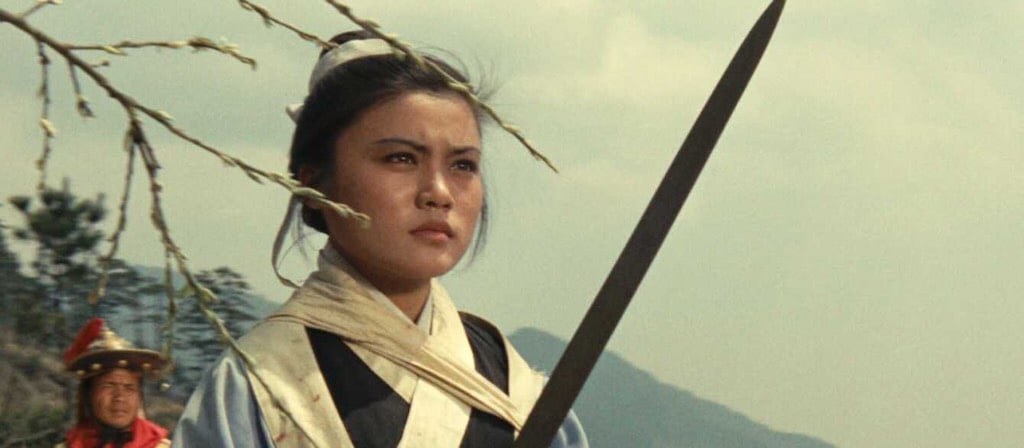
After a Ming Dynasty general’s opponents murder him and assume his position, his children are ordered to be killed. When word of the order spreads, a group of strangers descend on the isolated Dragon Inn to protect the children and expose the treachery within the Emperor’s ranks.
‘Goodbye, Dragon Inn’ – Friday, November 3rd
Following “Dragon Inn” on the opening day of the “Blades & Ballet” slate is this striking change in style and tone, all in service of showcasing the legacy of that earlier film and appreciating the cultural weight and significance of the wuxia style.
2003’s “Goodbye, Dragon Inn” offers up a slice-of-life look at the final night of a Taiwanese movie theater during its farewell screening of “Dragon Inn.”
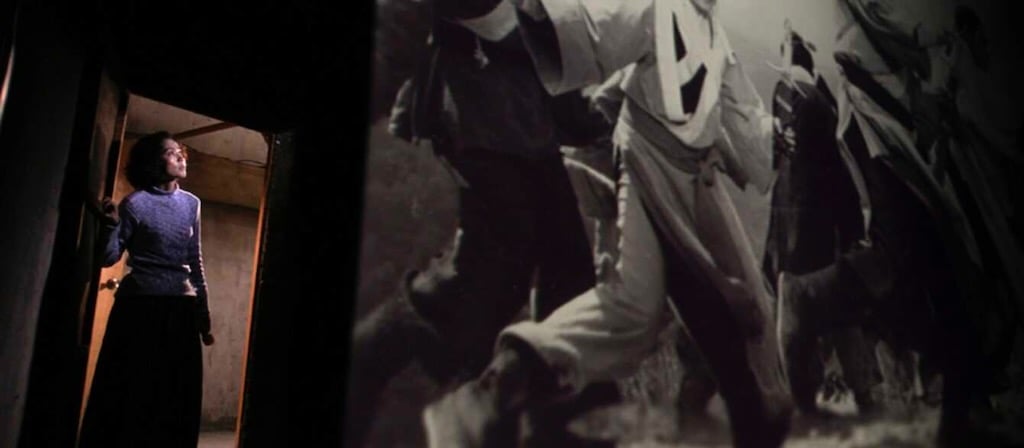
During the showing, romances are sought, infinitesimally small quests are had, and real-life actors from “Dragon Inn” itself sit in the audience, taking in the film, and reminding themselves and the viewer of the importance that King Hu’s wuxia held for their lives and for the culture of Taiwanese moviemaking.
‘A Touch of Zen’ – Saturday, November 4th
Considered by many to be King Hu’s masterwork, 1971’s “A Touch of Zen” is surely the pinnacle of his sheer grand cinematic power.
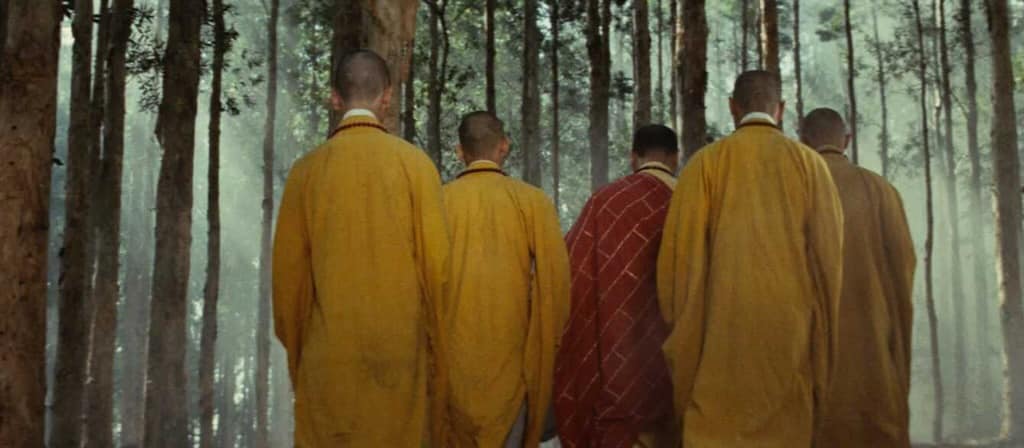
An epic of revenge, spirituality, and Hu’s trademark inversion of traditionalist gender roles, “A touch of Zen” sees the fugitive Yang seeking revenge for the execution of her family by a corrupt imperial government, and the bond she builds with a bumbling artist and a group of Buddhist monks.
The film’s iconic, climactic bamboo fight is a direct influence on the next film on the schedule.
‘Crouching Tiger, Hidden Dragon’ – Saturday, November 4th & Sunday, November 5th
It’s probably impossible to discuss wuxia in the modern era without mentioning this international smash hit from 2000, the movie that racked up Oscars and worldwide accolades and made global stars of director Ang Lee, Chow Yun-fat, and Michelle Yeoh (in the feature photo.)
This sweeping, unforgettable, action-fueled romance stands as something of a love letter to the films of King Hu and his wuxia masterpieces, with some of the most staggeringly beautiful cinematography you’re likely to see anywhere.
‘The Fate of Lee Khan’ – Saturday, November 4th
Once again King Hu sets his narrative sights on a group of driven warriors and the chaos descending upon a remote inn, but this time, they’re coming for a Yuan Dynasty battle map and the action goes fantastically off the wall.
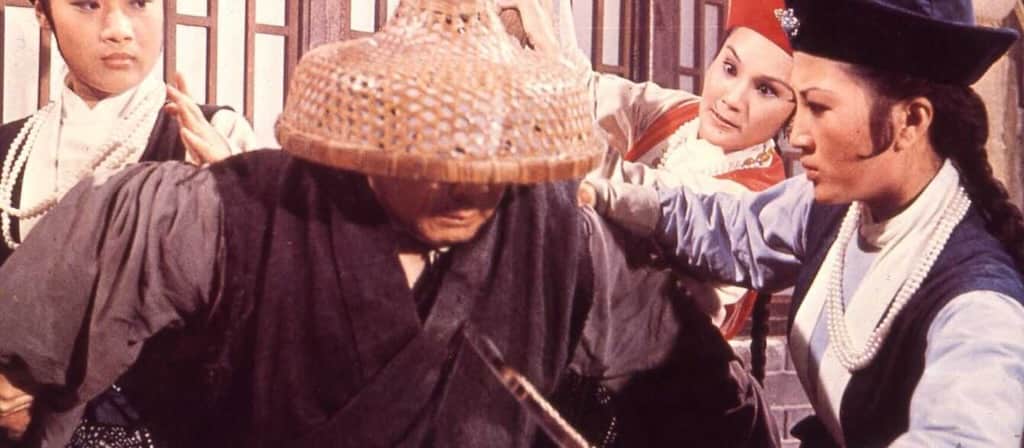
“The Fate of Lee Khan” sees King Hu possibly having more fun than ever before and letting the excitement, comedy, stunts, thrills, and wanton set destruction all run wild in one of the landmarks of the wuxia genre of the 1970s.
‘Raining in the Mountain’ – Sunday, November 5th
Returning once again to the Ming Dynasty period, King Hu presents one of his most compelling and memorable female leads with screen legend Feng Hsu leading a cast of characters all infiltrating a secluded monastery in search of a legendary scroll.
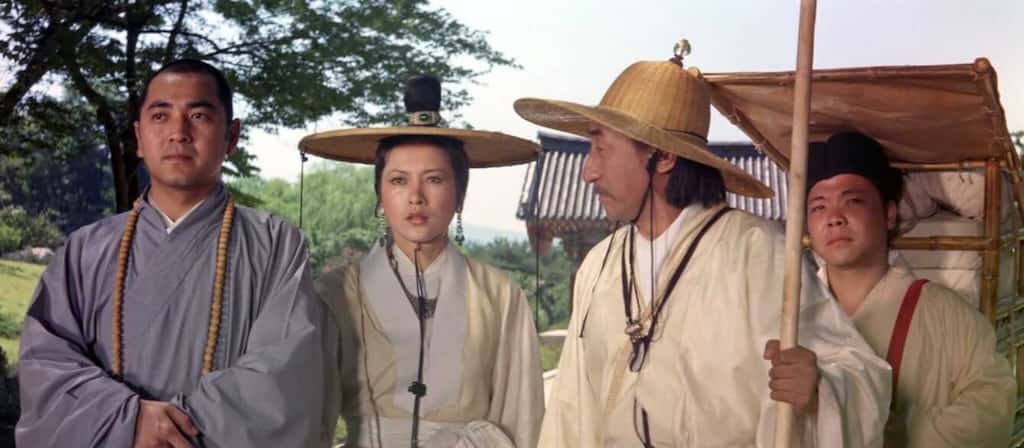
Again, Hu’s cinematic eye is unmatched in the wuxia style, with the climatic, flying forest showdown of “Raining in the Mountain” remaining one of the genre’s most indelible pieces of film iconography.
For showtimes, tickets, and more information, visit okcmoa.com.
Brett Fieldcamp has been covering arts, entertainment, news, housing, and culture in Oklahoma for nearly 15 years, writing for several local and state publications. He’s also a musician and songwriter and holds a certification as Specialist of Spirits from The Society of Wine Educators.











